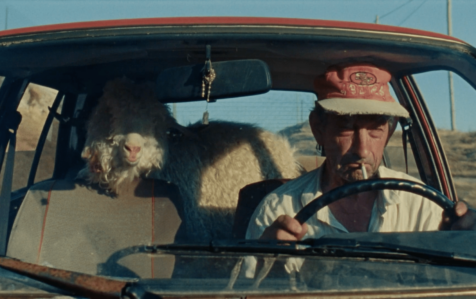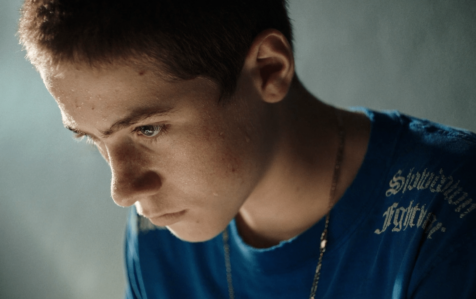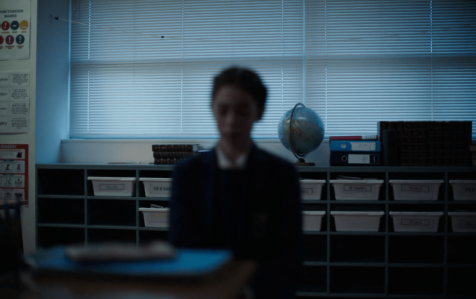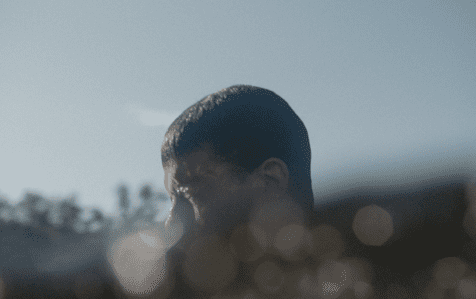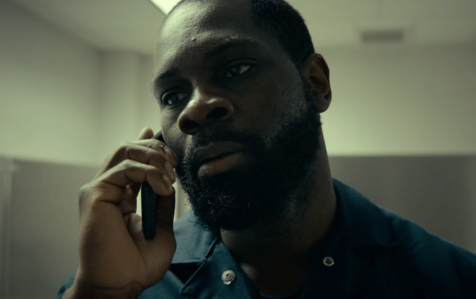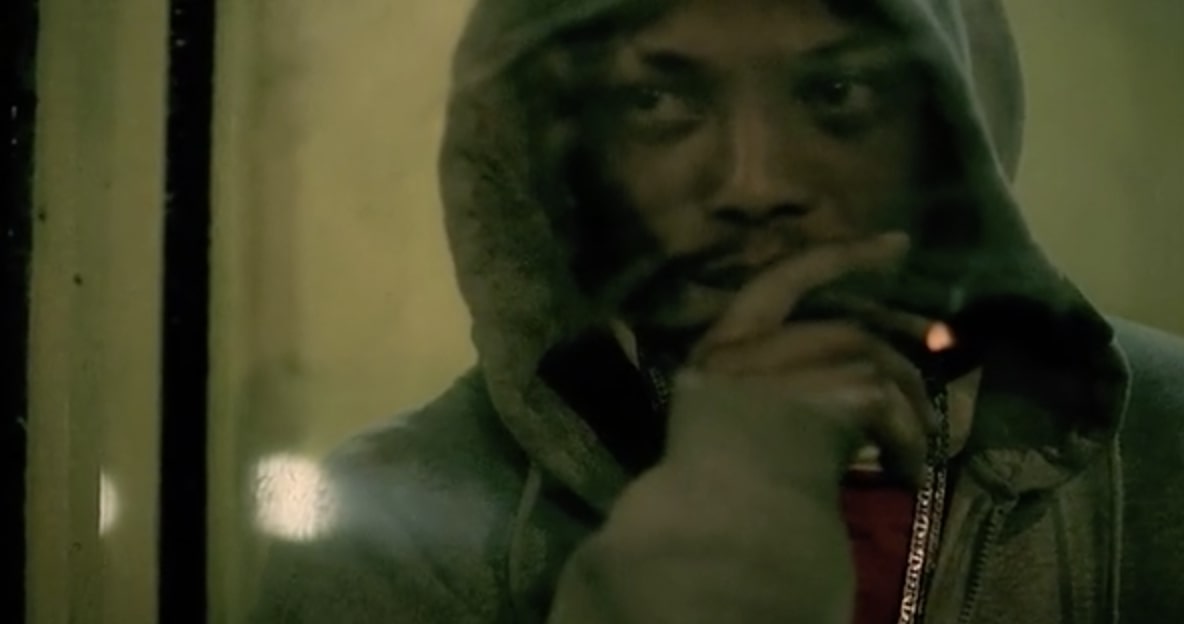Simon Pontén and Joakim Behrman direct ‘The Owl’.
The mood in a teacher’s lounge changes when the reason behind one teachers nickname is brought to light.
Read the conversation below:
The Owl, Simon, and Joakim went to sea.
Did you have any guiding influences or inspiration?
Joakim Behrman: Did we have one? I don’t even know if we did.
Simon Pontén: There’s a Swedish film called ‘Four Shades of Brown’. It’s a dark, weird comedy. I remember discussing that film.
JB: Yeah. The film is like four short films that combine into one. It was directed by Tomas Alfredson, who directed ‘Tinker Tailor Soldier Spy’ and ‘Let the Right One In’.
‘The Owl’ feels kind of folkloric. Was that something that you were thinking about when writing this?
JB: It started out originally being set on a school playground, kids who were shouting ‘The Owl’ at some poor kid who can twist their head.
In my mind, I imagined the kid could twist their head 360 degrees because I thought that was how owls worked. But in Simon’s head it was more like 180 degrees – more natural… what’s natural about it I don’t know.
There’s still a feeling of the playground in the final film.
JB: Yeah. It just became more sinister with grown-ups.
SP: Yeah. Grown-ups are scary.

Was this tapping into something on a more subtextual level?
SP: I don’t think we had subtext in mind when we were writing, but when it got into South Korea’s AISFF Film Festival they were seeing all kinds of stuff, like internet trolls, homophobia, and racism.
JB: We could feel that something was there, but it’s more about how a group works and when the leader gets injured or threatened, how the group restores the balance – even if the balance is negative.
The polarity is on a knife-edge at the ‘turning point’.
JB: It’s that classic sort of Horror beat – when the good people become animals. The audience gets drawn into wanting to see the party trick because they’re also curious. The audience is on the ‘good side’ for a while and then everything turns and you find yourself on the ‘bad side’, how quickly that can happen is just a bit creepy I think.
SP: I remember on the first day of editing I was like, this is Haneke-dark, I don’t know if people will dare to laugh at this…
How did you find the right level with actors?
SP: I think they found their roles quickly and quite naturally. We started rolling in secret on the second rehearsal and a lot of that stuff is in the film.
JB: We kept rolling quite a lot and did quite long takes, which was a bit frustrating for the main actor I think. But that was good for us because it pushed him to take action, and that’s what we wanted.

It’s that classic sort of Horror beat – when the good people become animals. The audience gets drawn into wanting to see the party trick because they’re also curious.
How did you handle the long takes? Did you adopt a certain approach?
JB: I went to this masterclass with Barry Ackroyd, and I was so excited about how he worked with a slider and a zoom – he can pretty much cover the whole room and the actors get a lot of freedom to move. You also get this sort of energy in his images and I think it’s fantastic. We wanted to do our own version.
SP: I was behind Albin, our DOP, and I’d say switch to this actor, pan to that actor, zoom! And he was like, f*** you! So we pushed him as well, and I’m really happy with the footage. He did a great job! It’s really fun editing that kind of material since no take is alike. I still have nightmares of maybe missing that perfect reaction or crash zoom.
I think that immediacy comes across.
SP: Yeah, it was great for the actors because they were quite free. We didn’t tell them where to look or stand because we didn’t know where the camera would end up.
A small departure from the film – what are you reading at the moment?
SP: I’m reading ‘Wool’ it’s a Sci-fi by Hugh Howey.
JB: I’ve got a pile of screenwriting books on my nightstand at the moment. But apart from that I read ‘Bright Shiny Morning’ by James Frey a while ago, loved that.
Have any of the scriptwriting books particularly resonated?
JB: ‘Into the Woods’ by John Yorke was good. It’s more about how story works and how it’s built into the chemistry of ‘us’. I found that quite interesting, both in helping to write stuff, but also to philosophically approach what a story actually is.
- Simon Pontén
- Director
- Joakim Behrman
- Director
- Albin Sjödin
- Director of Photography
- Sergej Israel
- Producer
- Charlie Bernardo
- Composer

